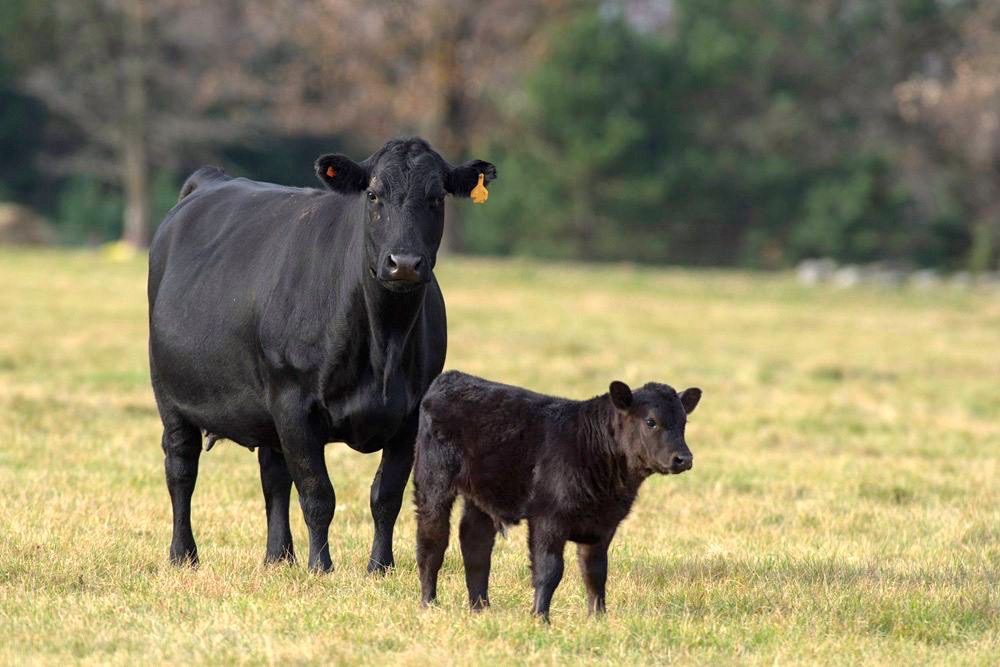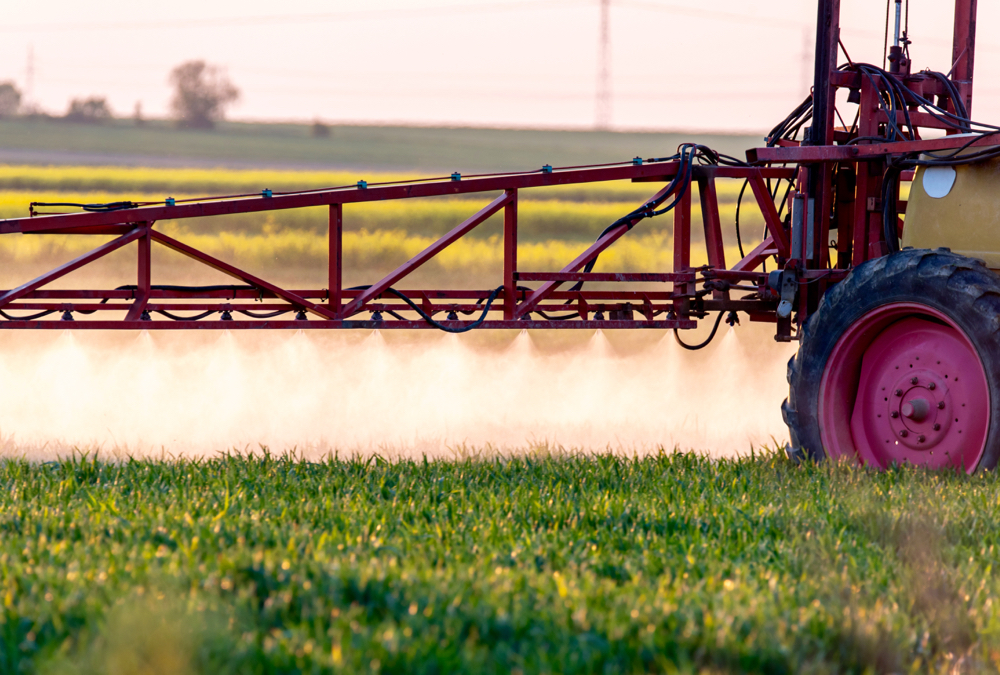Funding to help make cattle data gathering easier

New funding for the Canadian Angus Association and Holstein Canada will allow them to improve the data that goes into genetic evaluations and expand into new areas including carcass quality and traits that help limit the environmental impact of beef.
On June 7 the federal government announced more than $1.6 million over four years, which will fund multiple genetics-related projects.
Collecting data on beef seedstock operations is a challenge, says Myles Immerkar, chief executive officer of the CAA. Farms are getting larger, and with more cattle on pasture the time to measure and gather data from those animals becomes a more difficult task.
Read Also


Bayer looks to AI to combat herbicide resistance faster
Weeds are growing resistant to the herbicides already on the market, and agribusiness companies like Bayer are in a desperate search for new modes of action to help farmers kill them.
Some don’t have the basics, such as scales, or scales in the right place, he says.
Testing technologies, including artificial intelligence, camera and computer vision systems, will help to find ways to less expensively gather data from cattle production systems.
The Holstein Canada partnership will help the CAA to better understand traits like greenhouse gas emissions and health.
Holstein breeders have worked for years to develop genetic indices around animal health and reproduction, and also now have access to an index that relates to methane production.
“We’re starting to explore new traits, environmental traits that have profitability impact on our members, and those are hard to collect for our members,” says Immekar.
There are traits the CAA has collected that Holstein Canada is interested to understand, he says.
The dairy and beef sectors have been brought closer as greater numbers of dairy cows are bred to beef bulls as dairy farmers breed their top cows to sexed semen.
There’s nothing in the project that targets beef on dairy growth, he says, but the fact that many dairy-beef calves are raised in confinement can mean easier data collection, compared to beef calves running on pastures.
The Angus association knows half of the traits and information on one side of a beef-dairy crossbred and Holstein Canada understands the other half.
“So there’s certainly an opportunity for us to learn from each other with animals that are crossbred. We’re definitely looking at beef and dairy cattle and evaluating them, but for our own individual purposes.
Source: Farmtario.com

